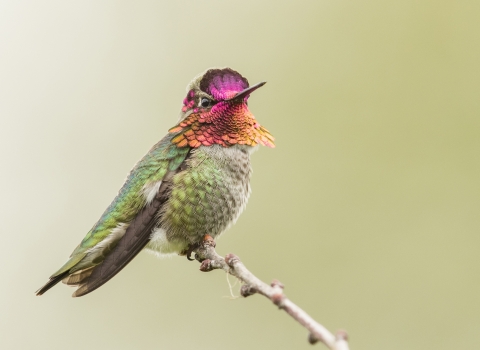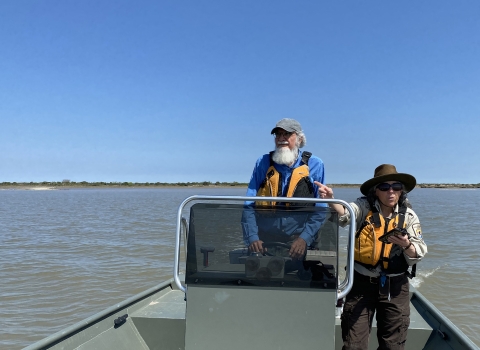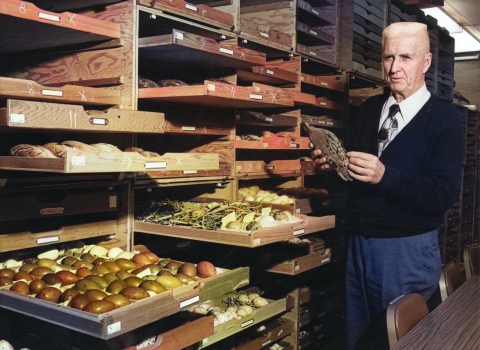January 10, 2024 – A longstanding partnership to protect the largest remaining coastal wetlands complex along the Wisconsin shore of Lake Michigan is getting a boost through the U.S. Fish and Wildlife Service’s National Coastal Wetlands Conservation Grant Program. In what will result in 228 acres of contiguous wetlands protection, Wisconsin will receive $90,000 for a 22-acre parcel of land on the Point au Sable peninsula, in the Town of Scott north of Green Bay. The project is one of 28 funded for a total of $25 million in 11 states under the 2025 grant program.
The Wisconsin Department of Natural Resources, in partnership with Northeast Wisconsin Land Trust, will assist in the acquisition. The 22-acre acquisition is adjacent to a 206-acre natural area managed by the University of Wisconsin-Green Bay Cofrin Center for Biodiversity. The Town of Scott is supportive as the project will assist with their ongoing efforts to preserve and protect the Wequiock Creek corridor. More than $185,000 of Natural Resources Damage Assessment funding was leveraged for this acquisition, from the Fox River/Green Bay Natural Resource Trustee Council. The parcel is adjacent to a 74-acre property on Wequiock Creek next to Point au Sable which was purchased with the help of a 2019 National Coastal Wetlands Conservation Grant.
Wisconsin has more than 800 miles of coastline and the shallow, nutrient-rich waters of lower Green Bay in Lake Michigan support one of the most productive ecosystems in the Great Lakes.
The Great Lakes basin coastal wetlands are vitally important in protecting us from floods, filtering our water, supporting recreation and local economies and providing habitat for fish and wildlife. Unfortunately, 50% of wetlands have been lost across the Great Lakes region and 97% of Green Bay’s wetlands have been lost. Projects like this one will help to protect and restore important high-quality habitat for species already facing a wide range of threats.
More than 60 species listed as endangered, threatened or species of concern can be found in the area, including the federally-endangered rusty patched bumble bee, the Northern long-eared bat and the proposed federally-threatened monarch butterfly. The area also supports diverse concentrations of songbirds and is a destination for fishing and waterfowl hunting.
About the National Coastal Wetlands Conservation Grant Program
Each year, our agency supports the protection and restoration of vital wetlands with grants awarded through the National Coastal Wetlands Conservation Grant Program. The grant program is co-administered by the agency’s Office of Conservation Investment and the Coastal Program and is funded in part by taxes or import duties collected from the sale of recreational fishing equipment, boats, electric motors and motorboat and small engine fuels under the authority of the Dingell-Johnson Sport Fish Restoration Act. Communities in the vicinity of wetlands restoration projects benefit from the billions of dollars generated through recreational angling, boating, waterfowl hunting and birdwatching.
Since 1992, the grant program has provided more than $400 million to restore and protect wetlands and associated habitats. Between $18 million and $23 million are available for projects annually to eligible state agencies and their partners including local governments, private landowners, conservation groups and others. Grant recipients and their partners contribute millions in additional matching funds.





